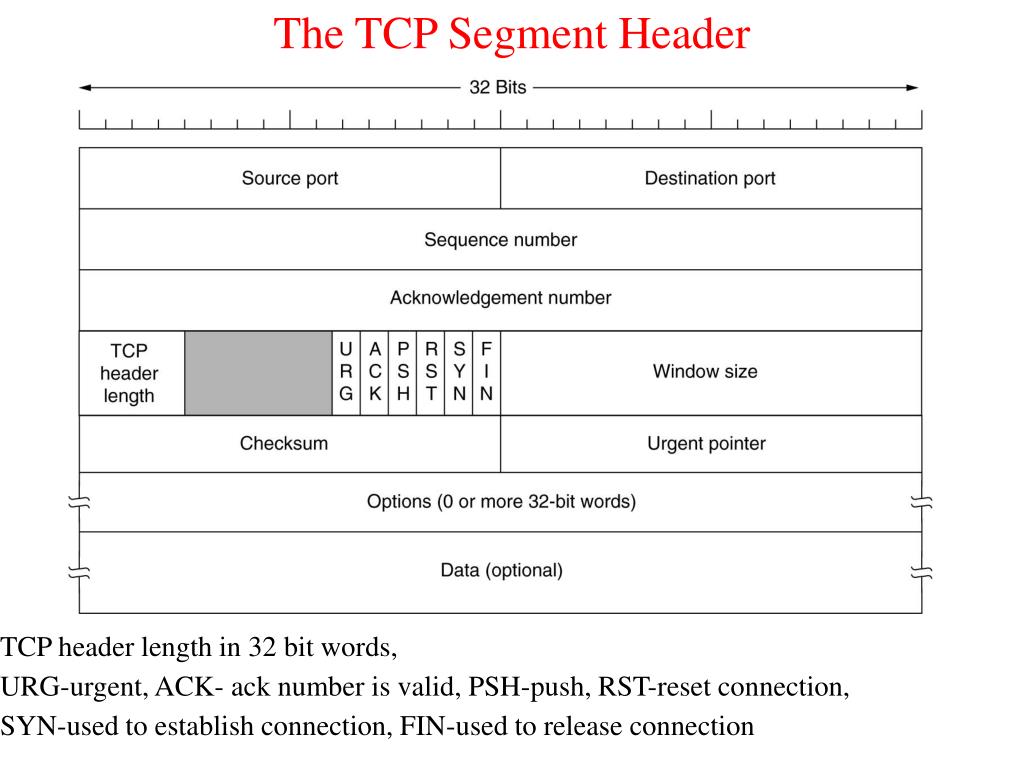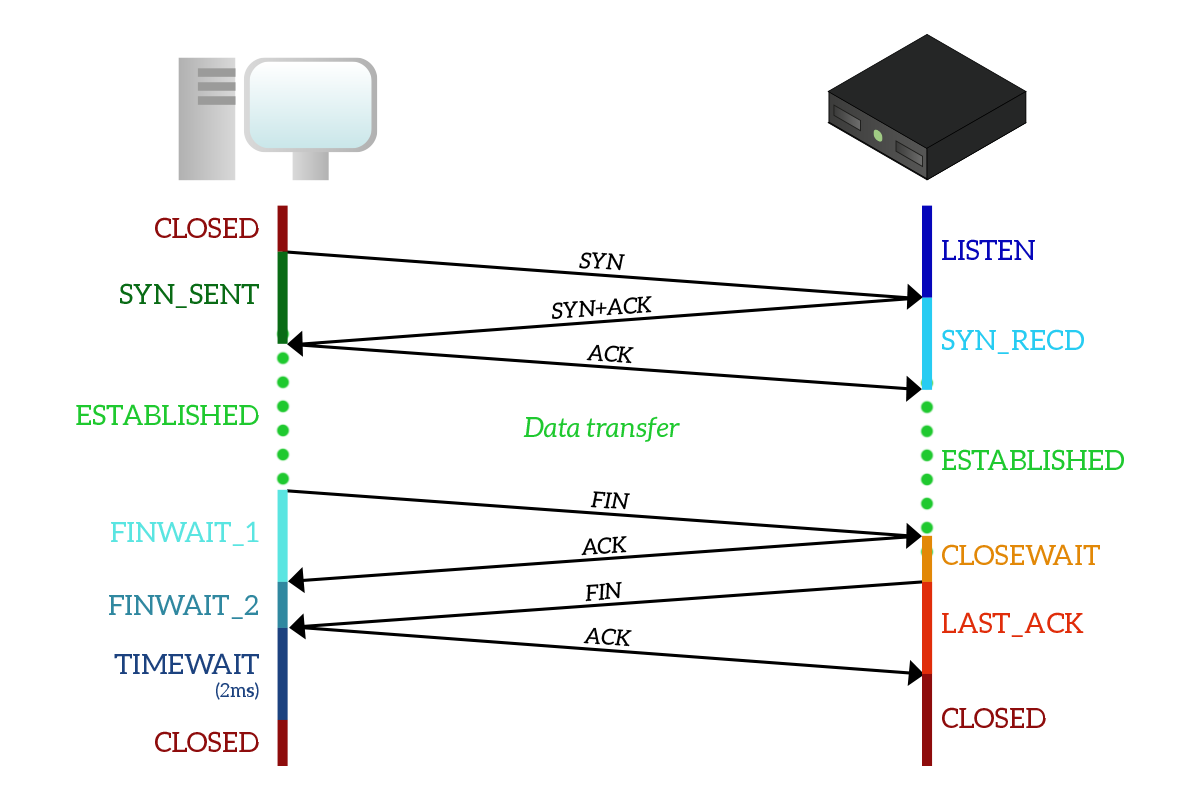
It plays a crucial role in ensuring reliable and ordered data transmission between devices. Here is an informative post detailing the key aspects of TCP:
Understanding TCP
- Definition: TCP stands for Transmission Control Protocol, known for its ability to control the transmission of data unlike UDP, which is more like a firehose.
- Connection Establishment: TCP requires a three-way handshake to establish a connection between a client and server, ensuring reliable communication.
- Segment Structure: A TCP segment consists of a 20-byte header that can extend up to 60 bytes, containing essential information for data transmission.
- Stateful Protocol: TCP is stateful, meaning it maintains the state of connections to ensure data integrity.


Use Cases of TCP
TCP finds application in various scenarios:
- Reliable Communication: Ensuring data delivery without loss or corruption.
- Remote Shell Access: Facilitating remote access to systems securely.
- Database Connections: Enabling secure and reliable data exchange with databases.
- Web Communications: Supporting the transfer of web content securely.
- Bidirectional Communication: Allowing two-way data exchange between devices.
Multiplexing and Demultiplexing
- Identification by Ports: TCP uses ports to identify different applications or processes running on hosts.
- Multiplexing: Sender multiplexes multiple applications into TCP connections for efficient data transfer.
- Demultiplexing: Receiver demultiplexes TCP segments to the respective applications based on connection pairs.
Data Transmission and Acknowledgment
- Sending Data: Data is encapsulated into segments and sent from one application to another over a connection.
- Acknowledgment: The receiver acknowledges received segments, ensuring reliable delivery.
- Retransmission: Lost segments are retransmitted to maintain data integrity.
Closing Connections
- Connection Termination: Closing a connection involves a four-way handshake process to ensure orderly closure between applications.
Segment Structure and Maximum Segment Size
- TCP Segment Anatomy: A TCP segment comprises headers ranging from 20 to 60 bytes, containing crucial information like sequence numbers and acknowledgments.
- Maximum Segment Size (MSS): MSS depends on the Maximum Transmission Unit (MTU) of the network, typically ranging from 512 bytes up to 1460 bytes in standard networks.
By understanding the intricacies of TCP, users can appreciate its role in enabling reliable and ordered communication across networks. This post aims to provide readers with a comprehensive overview of how TCP functions and its significance in modern networking environments.
TCP ensures reliable communication through various mechanisms that guarantee the orderly and error-free transmission of data. Here's how TCP achieves this:
- Error Checking: TCP performs extensive error checking using checksums to identify flaws in received data, ensuring that the data is transmitted without errors
- Sequence Numbers and Acknowledgments: TCP assigns a sequence number to each byte it sends and requires an affirmative acknowledgment (ACK) from the receiver. This ensures that the sender knows if all data was received correctly and in the right order
- Retransmission of Lost Packets: In cases where packets are lost or damaged during transmission, TCP allows for the retransmission of lost packets to ensure that all data is eventually received by the receiver
- Congestion Control: TCP implements congestion control mechanisms to prevent network congestion, which can impact data transfer speeds and reliability
- Connection-Oriented Design: TCP establishes a connection between the sender and receiver, creating a dependable and steady communication link that guarantees reliable data delivery
By incorporating these features like error checking, sequence numbers, acknowledgments, retransmission of lost packets, and congestion control, TCP ensures that data is transmitted reliably, without errors, and in the correct order, making it a robust and dependable protocol for communication over networks.
TCP handles packet loss through a series of mechanisms that ensure reliable data transmission even in the presence of lost or corrupted packets. Here's how TCP manages packet loss:
- Retransmission: When TCP detects packet loss, it initiates retransmission of the lost packets to ensure that all data reaches the destination correctly. This process involves resending any segments that have not been acknowledged, allowing for the recovery of lost data
- Timeout Mechanism: TCP uses a timeout mechanism where if an acknowledgment (ACK) is not received within a specified time frame, the sender retransmits the data. This timeout mechanism helps in identifying and recovering from lost packets efficiently
- Sequence and Acknowledgment Numbers: By utilizing sequence and acknowledgment numbers, TCP can detect out-of-order packets and missing packets. The recipient can request retransmission of missing packets based on these numbers, ensuring that data is received in the correct order
- Congestion Avoidance: TCP's response to packet loss also includes congestion avoidance mechanisms. Excessive packet loss triggers TCP to throttle back, reducing the amount of bandwidth consumed to alleviate network congestion and maintain reliable communication
- Handling Duplicate Packets: In cases where retransmitted packets are received multiple times due to delays or other issues, TCP recipients can discard duplicate packets without affecting data integrity, ensuring that data is not lost or corrupted
By incorporating these strategies like retransmission, timeout mechanisms, sequence numbers, acknowledgment numbers, congestion avoidance, and handling duplicate packets, TCP effectively manages packet loss scenarios to maintain reliable communication between network devices.


